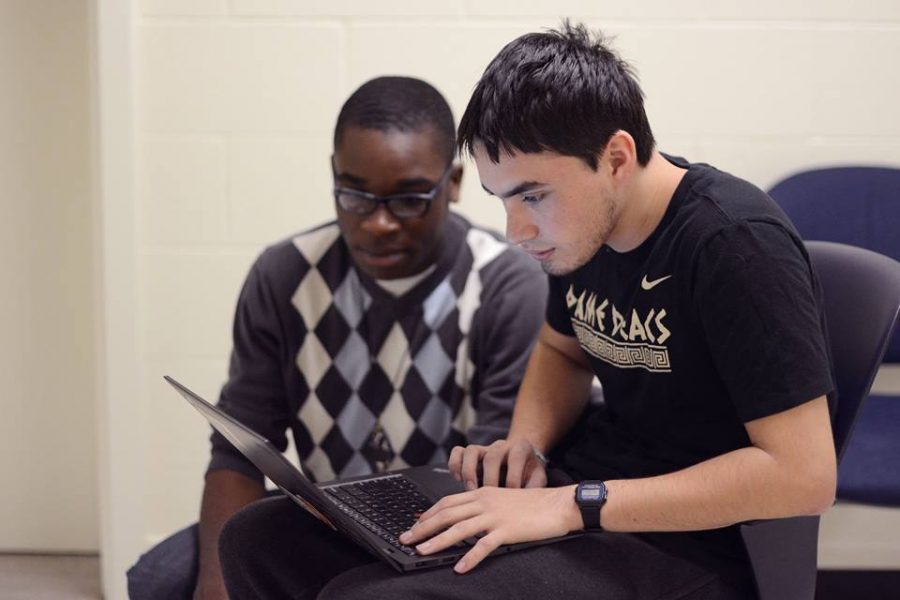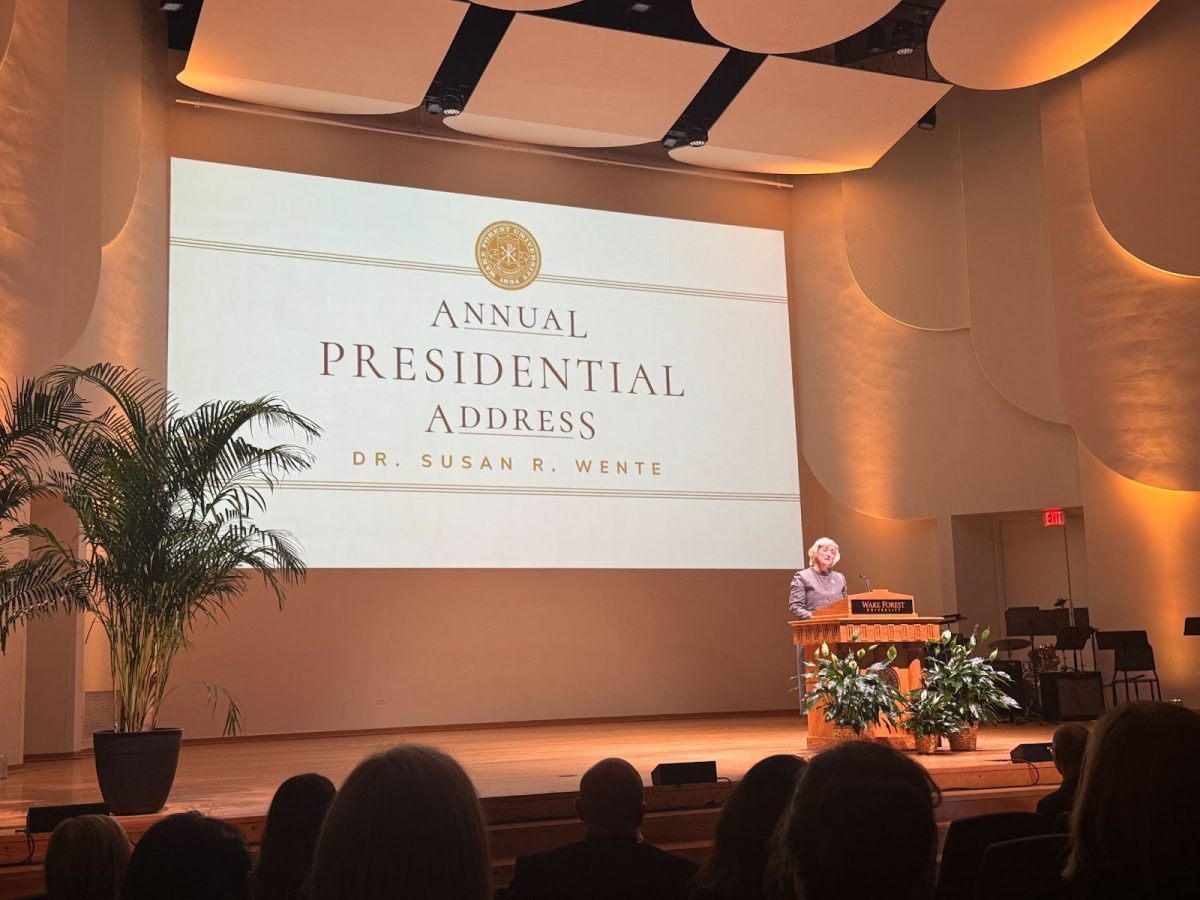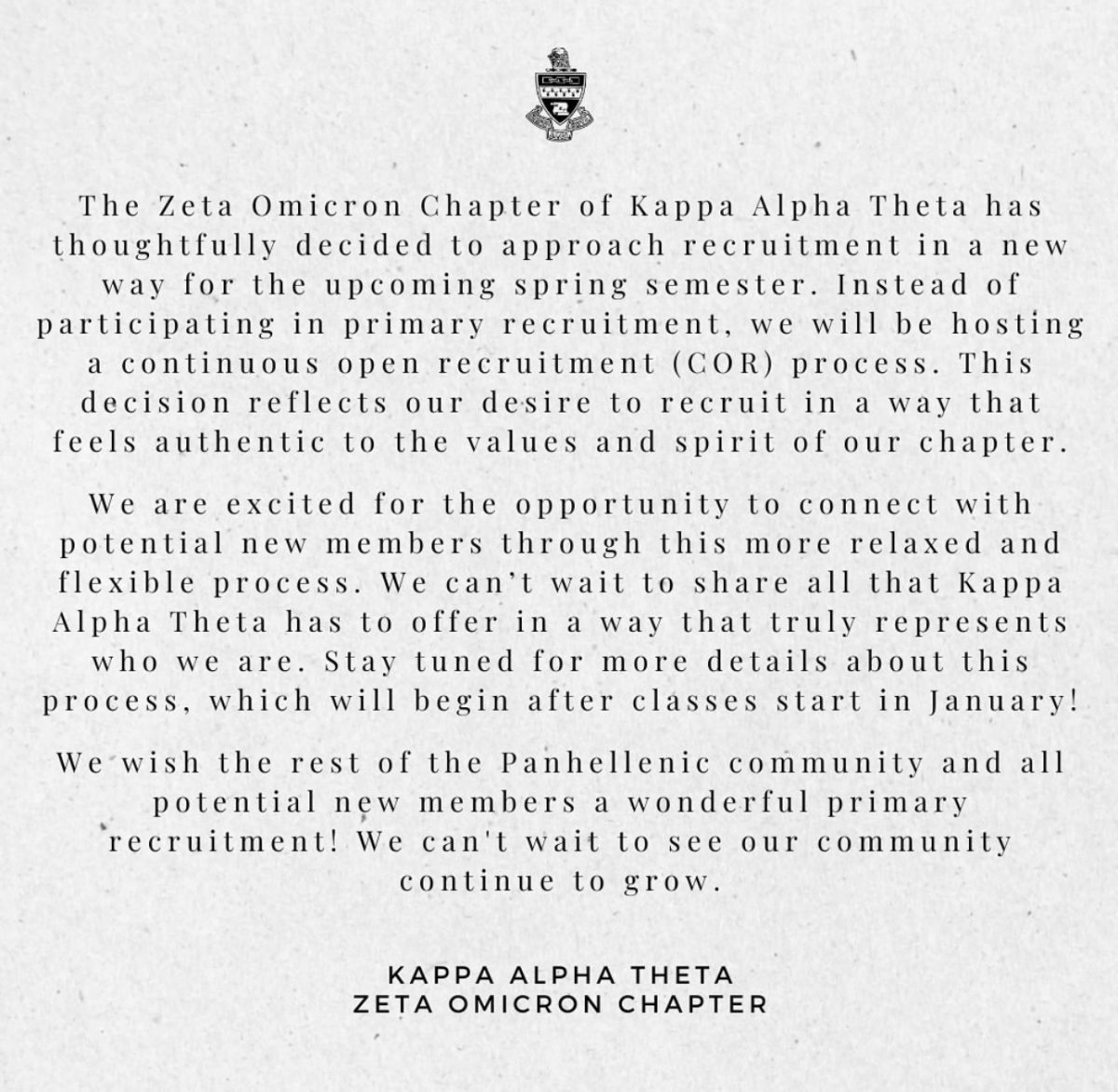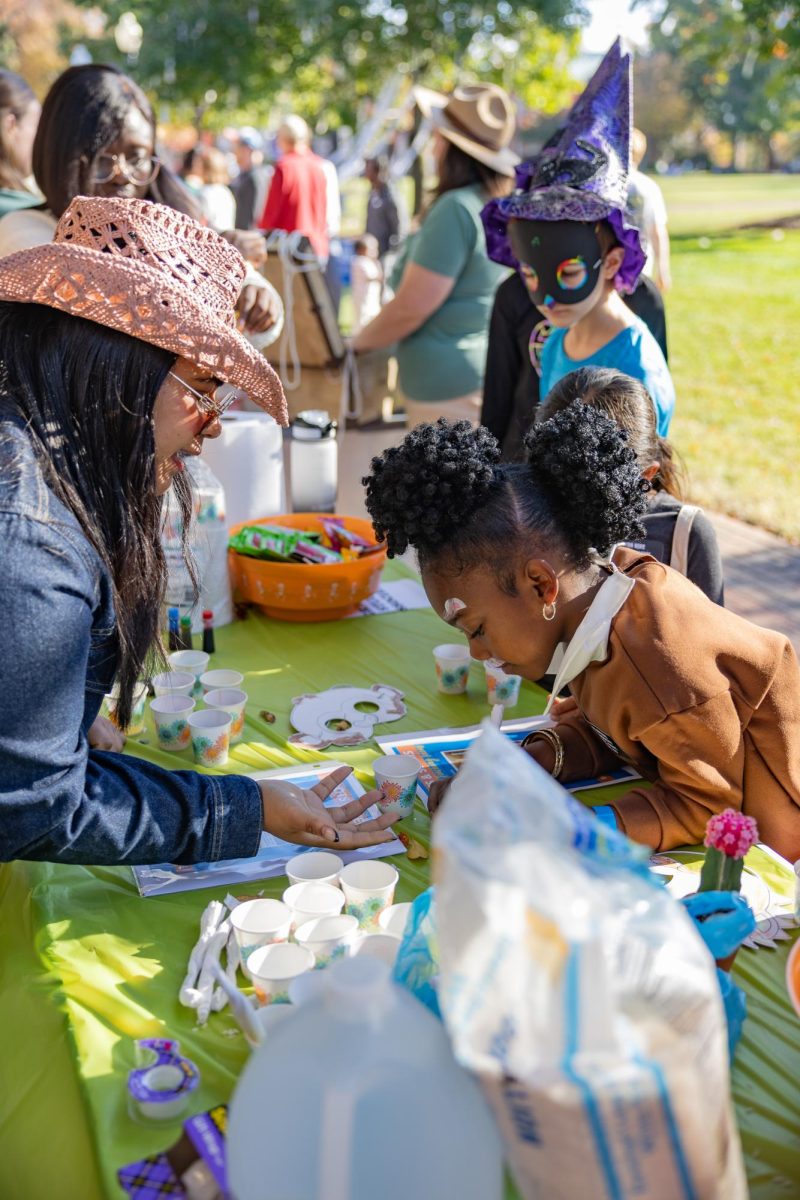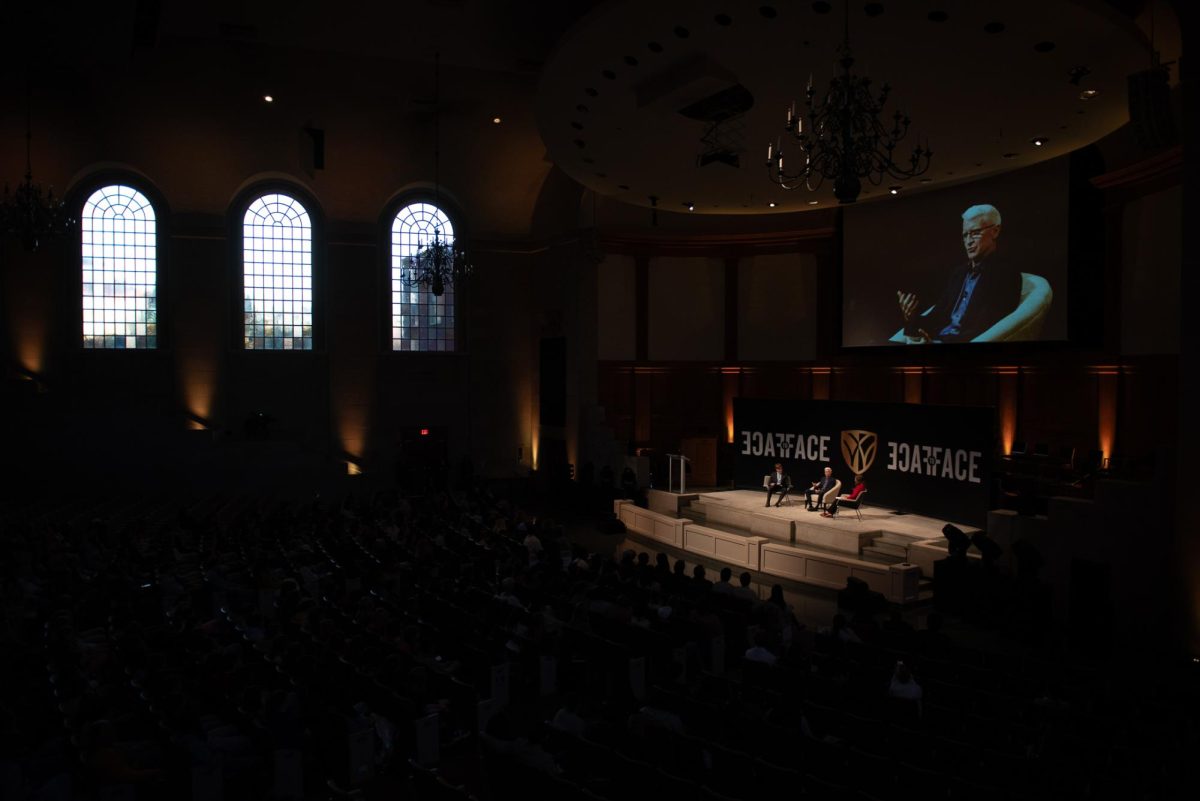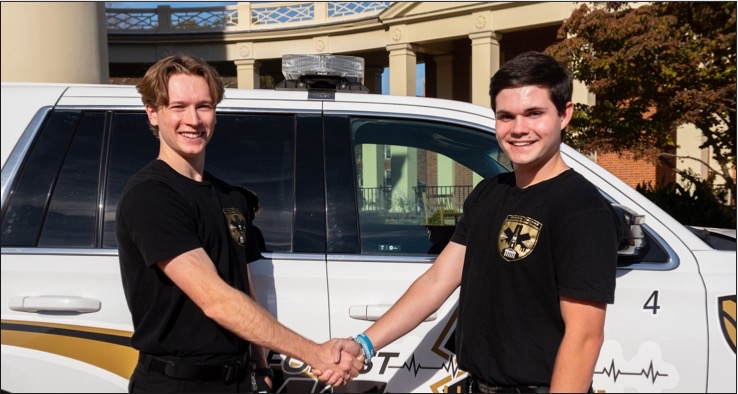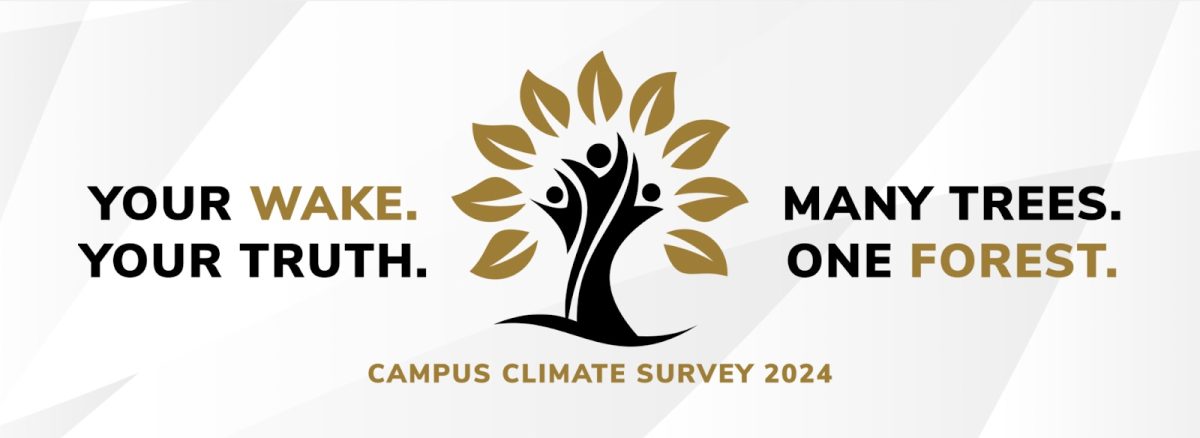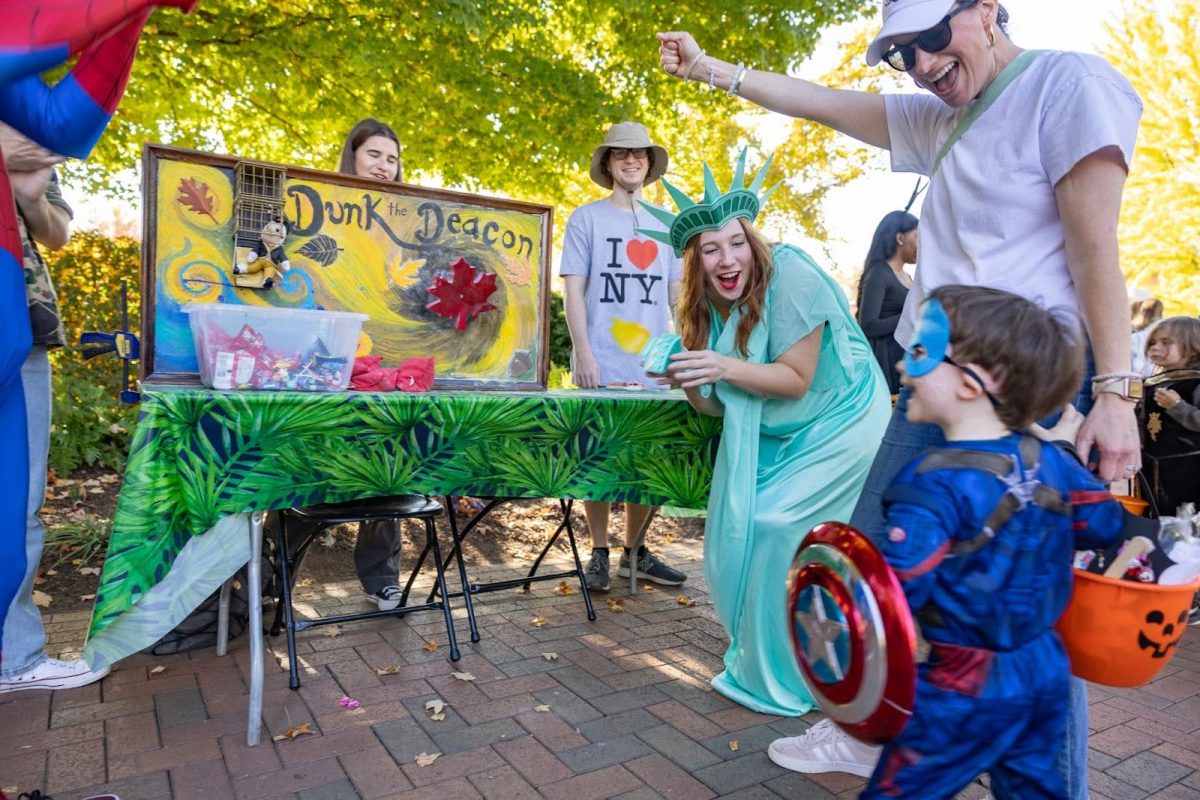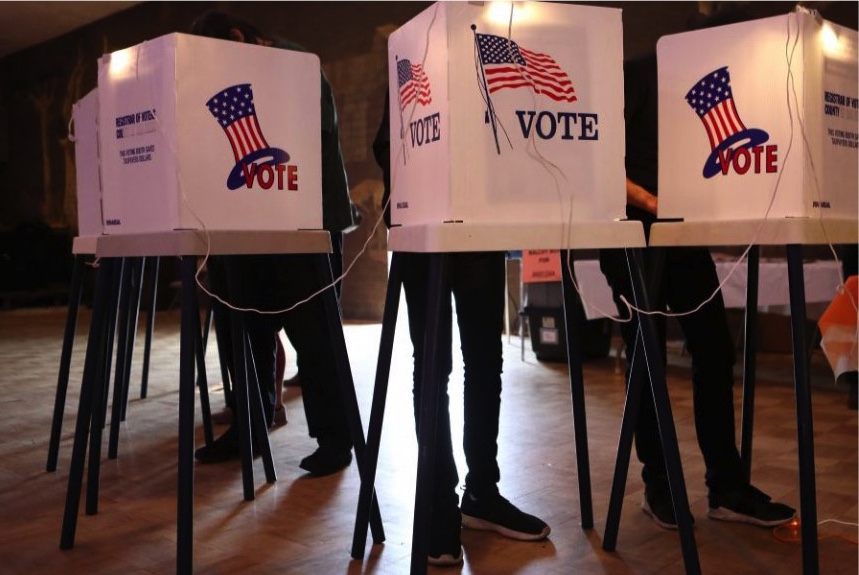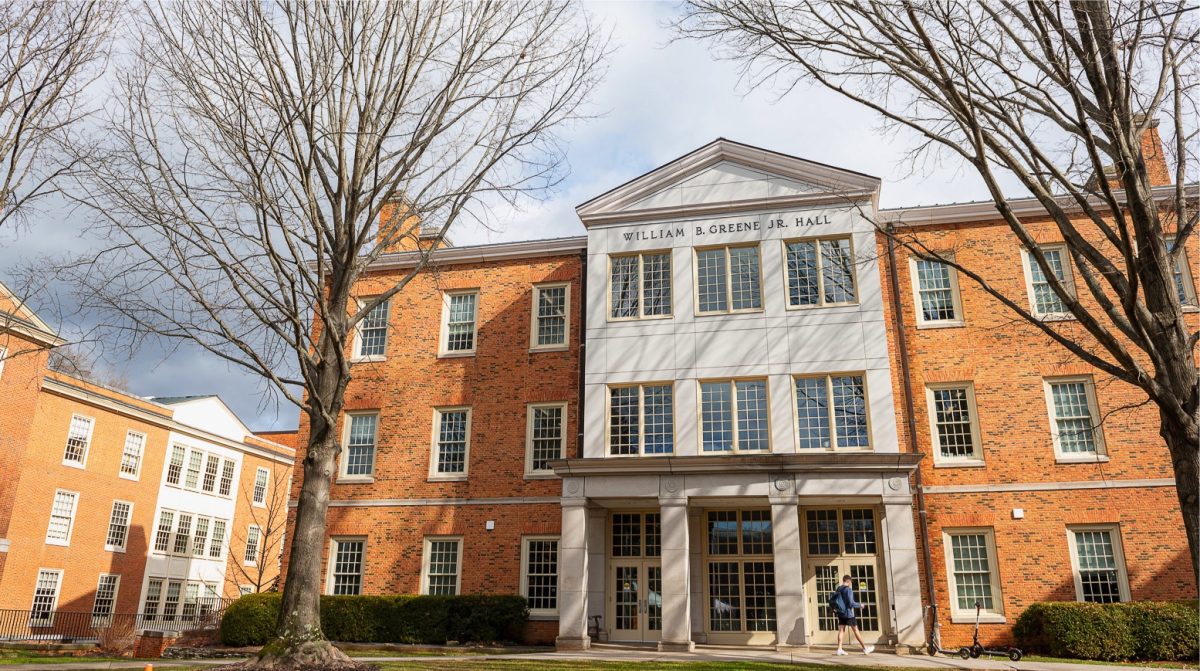This semester marks the fourth year of the computer science department’s STEM Incubator program, which offers students with no computer science experience an opportunity to engage with unique topics in the department, such as robotics, 3D printing and bioinformatics.
In these one-hour, pass/fail courses, students engage in peer-based learning through teamwork and collaboration, under the guidance of faculty mentors and student team leaders.
“One of the biggest ideals at Wake Forest is faculty-student engagement,” said Pete Santago, chair of the computer science department. “It’s important to continually ask, ‘What does that mean, and how do you do it? When faculty and students are in the same place at the same time, what’s the best use of that time?’”
At 10 to one, Wake Forest’s student-to-faculty ratio is one of the lowest in the country. Students involved in the STEM Incubator program often have a class size of less than ten with one professor.
“The mentor-mentee relationship allows a student who enjoyed their experience, and who excelled, to step up,” said math professor Paul Whitener. “That’s always so valuable, because our students are brilliant, and they bring out-of-the-box thinking to our classrooms. Things get exciting when you step out of the box.”
The gender gap in many STEM fields often plays out in the classroom. However, the STEM Incubator program challenges this, with female participation in STEM Incubator courses rising to 54 percent in the spring of 2016, as compared to 28 percent in typical computer science classes on campus.
“I sense that there’s a perception that computer science is a nerdy and almost non-human profession; that it seems dry and meaningless. I find that art-related projects, or projects that focus on improving the quality of life for people with disabilities infuse meaning and purpose into the learning,” said Jennifer Burg, professor of digital media and director of the Humanitech Initiative, a part of the STEM Incubator program. “My particular interest is developing curriculum for what I call computing in the arts. It attracts people who might have a major or minor in art.”
Speaking to the cross-curricular nature of the program, Santago said, “We have two degrees, a B.S. and a B.A., and that flexibility allows students to integrate any other passion they may have whether it’s philosophy, biology or art history.”
“[The program] helps students discover what computer science has to offer,” said Rebecca Lester, a senior computer science major and 3D printing mentor, “It’s not just about programming; you can go into robotics, 3D printing and virtual reality work. It’s a good introduction to everything.”
Freshman Megi Gjini was initially drawn to the program for reasons other than computer science.
“I’m really interested in science — particularly biology — but I thought I’d give computer science a go; the pass/fail option attracted me.”
The pass/fail nature of the course is attractive to students hoping to try something new without risking their GPA.
“I think the best thing about the STEM program is that students are encouraged to fail. It’s a very low-pressure environment, but students finish the semester having learned some pretty cool stuff,” Whitener said.
Burg added that “failure leads to understanding. The classes are very playful, hands-on and social.”


